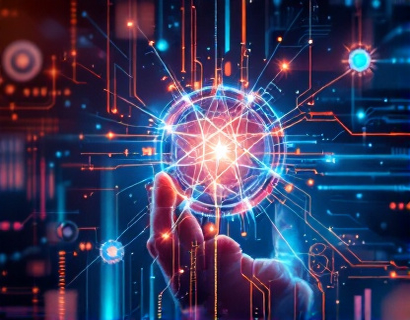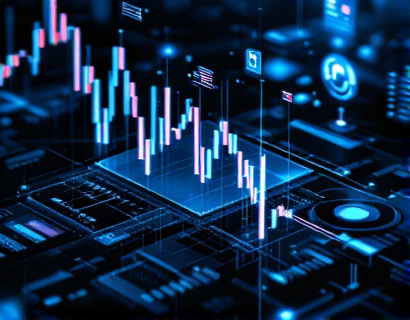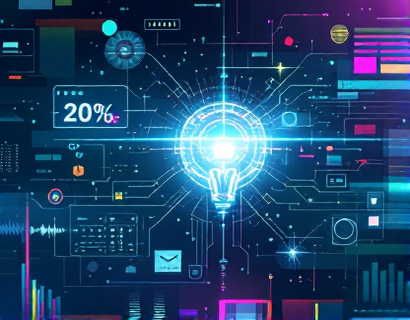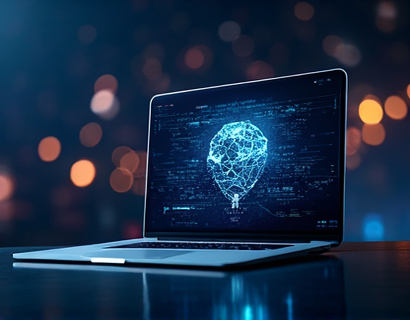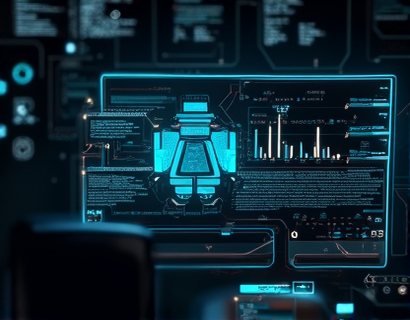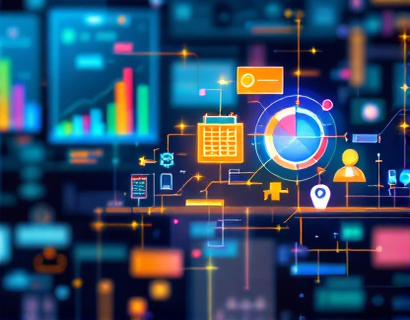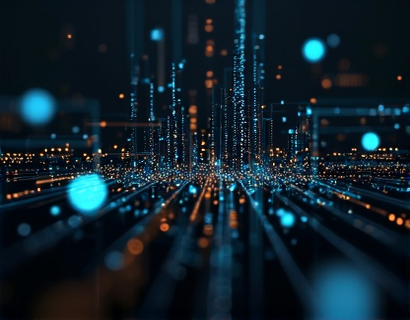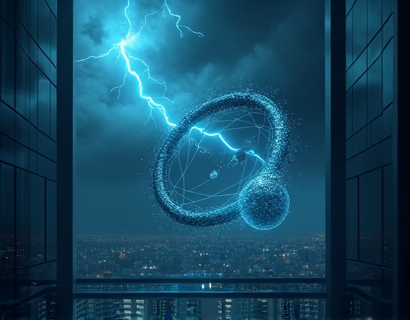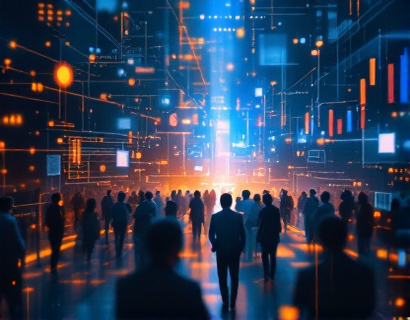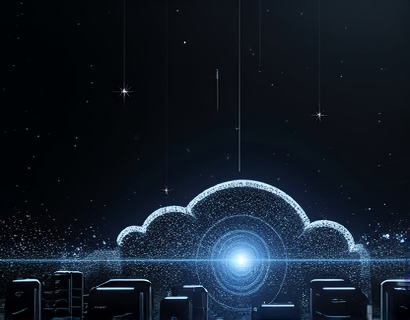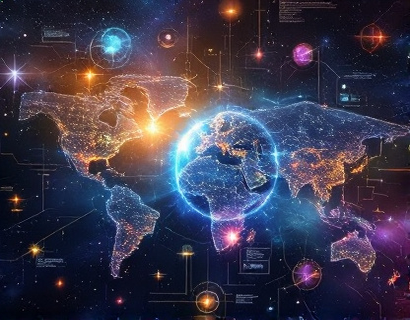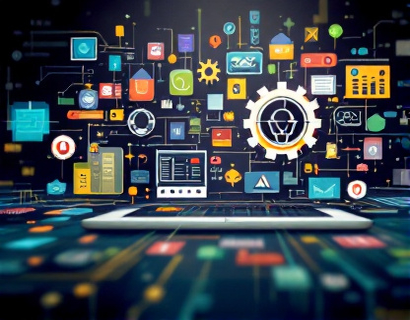Unlocking the Ucosystem: Master Guide to Key Entities and Insights for Success
The Ucosystem represents a complex network of interconnected entities, each playing a vital role in the overall functionality and success of the system. This comprehensive guide aims to provide deep insights into the core entities that constitute the Ucosystem, offering essential resources and knowledge to help enthusiasts and professionals navigate and thrive within this intricate network. Whether you are a newcomer to the field or an experienced professional, understanding these key entities is crucial for unlocking the full potential of ecosystem interactions.
Understanding the Core Entities
The foundation of any ecosystem lies in its core entities. These entities can be broadly categorized into nodes, links, and agents. Nodes are the individual components or actors within the Ucosystem, such as users, organizations, or devices. Links represent the connections or interactions between these nodes, facilitating the flow of information, resources, or influence. Agents are the intelligent entities that operate within the Ucosystem, making decisions and performing actions based on the data and connections available to them.
Nodes are the building blocks of the Ucosystem. They can vary greatly in nature and function, from simple data points to complex systems. For instance, in a social media Ucosystem, users are nodes, each contributing content, interactions, and data. Organizations, on the other hand, can be nodes that provide services, products, or platforms that others interact with. Understanding the role and behavior of nodes is essential for grasping how information and resources circulate within the ecosystem.
Links, or edges, are the connections that bind nodes together. These links can be directed or undirected, weighted or unweighted, and can carry various types of data. In the context of a Ucosystem, links represent the relationships and interactions between nodes. For example, a follow relationship on a social media platform is a link between two user nodes. The strength and nature of these links can significantly influence the flow of information and the overall dynamics of the ecosystem.
Agents are the intelligent entities that navigate and interact within the Ucosystem. These can be algorithms, bots, or even human operators who use the data and connections to make decisions, automate tasks, or optimize processes. Agents play a crucial role in enhancing the efficiency and effectiveness of the ecosystem by leveraging the interconnectedness of nodes and the flow of information through links.
Key Entities in Detail
To better understand the Ucosystem, let's delve deeper into specific types of nodes, links, and agents, along with their roles and impacts.
Nodes: Types and Functions
Nodes can be categorized based on their characteristics and functions. Here are some key types of nodes:
- Information Nodes: These nodes store and provide access to data. In a Ucosystem, information nodes can be databases, APIs, or content repositories. They are essential for providing the raw material that agents and other nodes use to perform their functions.
- Interaction Nodes: These nodes facilitate interactions between other nodes. Examples include social media platforms, messaging apps, and forums. Interaction nodes are crucial for fostering communication and collaboration within the ecosystem.
- Service Nodes: These nodes offer specific services or functionalities. For instance, payment gateways, cloud storage services, and analytics tools are service nodes that enable other nodes to perform complex tasks.
- Device Nodes: These nodes represent physical or virtual devices that connect to the Ucosystem. Smartphones, computers, IoT devices, and sensors are all device nodes that contribute to the ecosystem's functionality.
Each type of node plays a unique role in the Ucosystem, and their interplay is what makes the ecosystem dynamic and robust. Understanding the specific functions and behaviors of these nodes is vital for optimizing the ecosystem's performance.
Links: Types and Significance
Links are the connections that give the Ucosystem its structure and enable the flow of information. Here are some key types of links:
- Directed Links: These links have a specific direction, indicating the flow of information from one node to another. For example, a follow relationship on a social media platform is a directed link from the follower to the followed user.
- Undirected Links: These links do not have a specific direction and represent a bidirectional relationship. In a collaboration platform, a shared document link is undirected, allowing multiple users to access and interact with it simultaneously.
- Weighted Links: These links are assigned a weight or importance value, reflecting the strength or frequency of the interaction. In search algorithms, the weight of a link can influence the ranking of a node in search results.
- Dynamic Links: These links change over time, reflecting evolving relationships or updated information. For instance, the number of likes or shares on a social media post can dynamically change, affecting the link's weight.
The significance of links cannot be overstated. They not only define the structure of the Ucosystem but also influence the propagation of information, the discovery of new nodes, and the overall network behavior. Understanding the types and characteristics of links helps in designing and optimizing the ecosystem for better performance and user experience.
Agents: Types and Functions
Agents are the intelligent entities that operate within the Ucosystem, making decisions and performing actions. Here are some key types of agents:
- Algorithmic Agents: These are automated systems that use algorithms to process data, make decisions, and perform tasks. Search engines, recommendation systems, and fraud detection algorithms are examples of algorithmic agents.
- User Agents: These are agents represented by human users who interact with the Ucosystem. Users can be individuals or organizations, and their actions can range from simple queries to complex workflows.
- Bot Agents: These are automated programs that mimic human behavior to perform specific tasks. Bots can be used for various purposes, such as content moderation, data scraping, or customer service.
- Hybrid Agents: These agents combine elements of both algorithmic and user agents, capable of learning and adapting over time while also incorporating human input. Hybrid agents are increasingly important in areas like AI-assisted decision-making.
Agents are pivotal in enhancing the Ucosystem's capabilities. They enable automation, personalization, and optimization, making the ecosystem more efficient and responsive to user needs. Understanding the types and functions of agents helps in leveraging their potential to drive innovation and value within the ecosystem.
Interactions and Dynamics
The interactions between nodes, links, and agents form the heart of the Ucosystem's dynamics. These interactions are governed by various principles and mechanisms that ensure the ecosystem functions smoothly and effectively.
One fundamental principle is the concept of network effects. Network effects occur when the value of a node or the utility of the ecosystem increases as more nodes or users join the network. For example, a social media platform becomes more valuable as more users join, creating a virtuous cycle of growth and engagement.
Another important concept is centrality, which measures the importance or influence of a node within the network. Centrality can be calculated using various metrics such as degree centrality, betweenness centrality, and eigenvector centrality. Nodes with high centrality are often key players in the ecosystem, as they control critical pathways of information flow and resource distribution.
Feedback loops are also a significant aspect of Ucosystem dynamics. Feedback loops occur when the output of a process is fed back into the system as input, influencing future behavior. Positive feedback loops can amplify certain behaviors or trends, while negative feedback loops can stabilize the system by counteracting extreme variations.
Understanding these interactions and dynamics is crucial for designing and managing the Ucosystem. By leveraging network effects, analyzing centrality, and managing feedback loops, stakeholders can optimize the ecosystem for better performance, resilience, and user satisfaction.
Strategies for Success
To succeed within the Ucosystem, both individuals and organizations need to adopt strategic approaches that align with the ecosystem's dynamics and leverage its key entities. Here are some strategies to consider:
First, focus on building and maintaining high-quality nodes. Whether it's creating valuable content, developing robust services, or providing reliable devices, the quality of your nodes will directly impact your position and influence within the ecosystem.
Second, cultivate strong and meaningful links. Building a network of high-quality, relevant connections can enhance your visibility, credibility, and access to resources. This involves engaging with other nodes, participating in community activities, and fostering collaborative relationships.
Third, deploy intelligent agents effectively. Utilize algorithmic agents to automate tasks, personalize experiences, and optimize processes. Ensure that your agents are well-integrated with the ecosystem's nodes and links to maximize their impact.
Fourth, stay adaptable and responsive to changes. The Ucosystem is inherently dynamic, with nodes, links, and agents constantly evolving. Stay informed about trends, technologies, and best practices to remain competitive and relevant.
Finally, embrace a long-term perspective. Building success in the Ucosystem requires patience, persistence, and a commitment to continuous improvement. Focus on creating sustainable value and fostering positive relationships, rather than seeking short-term gains.
By implementing these strategies, you can navigate the Ucosystem effectively, unlock its full potential, and achieve lasting success.
Conclusion
Understanding the key entities of the Ucosystem—nodes, links, and agents—is essential for anyone looking to thrive within this complex network. By grasping the roles, types, and interactions of these entities, you can better navigate the ecosystem, leverage its dynamics, and implement successful strategies. This guide has provided a comprehensive overview of the core components and insights needed to unlock the full potential of the Ucosystem. Whether you are a enthusiast or a professional, the knowledge gained here will empower you to make informed decisions and drive success in the interconnected world of the Ucosystem.




